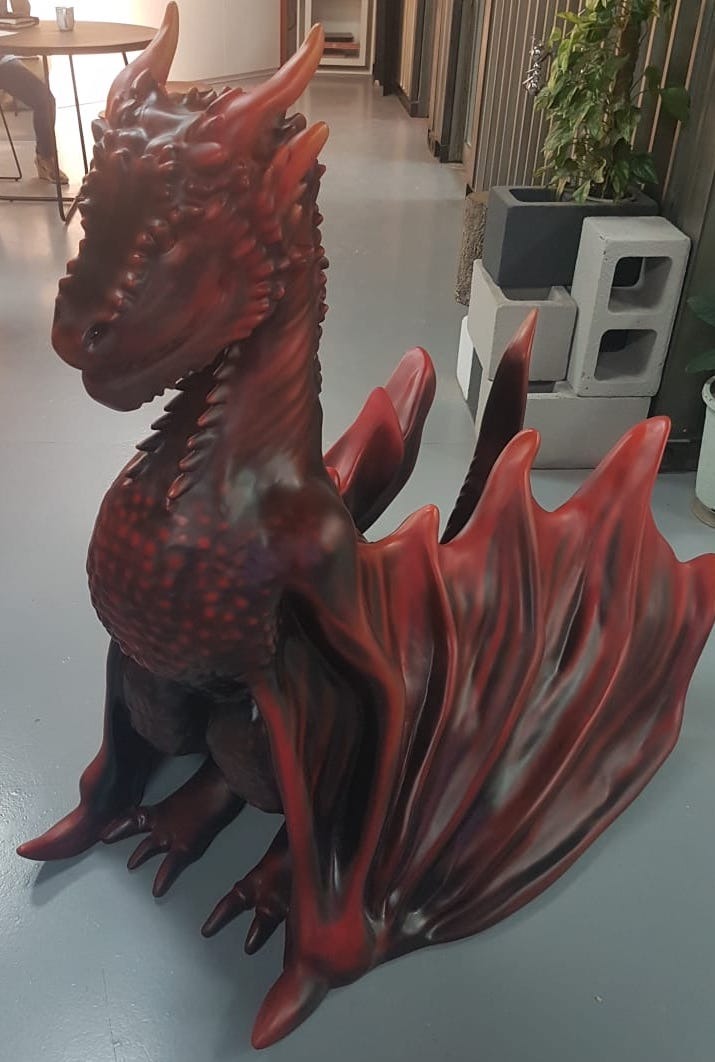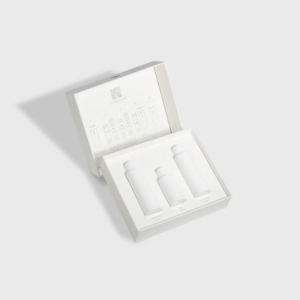3D Printing: An Overview Of New Technologies And Innovations
2 min read
3D printing Dubai is a rapidly evolving field that has the potential to revolutionize the way products are manufactured and designed. With new technologies and innovations, 3D printing has become increasingly accessible and versatile, offering various applications in healthcare, aerospace, and consumer goods. Here is an overview of some of the new technologies and innovations in 3D printing.
Multi-material printing:
One of the newest innovations in 3D printing is the ability to print with multiple materials in a single print job. This allows for creation of complex, multi-material objects with various properties, such as flexibility, strength, and transparency. This technology has the potential to revolutionize product design, as it enables the creation of objects with more functionality and versatility.
Large-scale printing:
Another innovation in 3D printing is the ability to print objects on a large scale. This opens up new possibilities for the creation of large-scale prototypes, as well as for the manufacture of finished products in industries such as construction and furniture. With the development of new materials and technologies, large-scale printing is becoming increasingly accessible and cost-effective.
High-speed printing:
In the past, 3D printing was a slow process, with printing times often taking several hours. However, with new technologies and innovations, 3D printing speeds have significantly increased, allowing for the creation of complex objects in a fraction of the time. This opens up new opportunities for mass production and prototyping and for creating custom products in a timely and efficient manner.
Materials innovation:
In addition to technological innovations, there has also been significant progress in developing new materials for 3D printing. These materials range from traditional plastics and metals to more advanced materials such as carbon fiber, titanium, and ceramics. The availability of these new materials has expanded the range of applications for 3D printing, making it possible to create objects with improved strength, durability, and functionality.
Advanced software:
Another key aspect of the 3D printing revolution is the development of advanced software tools for design and simulation. These tools allow designers to create highly complex and intricate designs and simulate the final product’s properties and behavior. With these tools, 3D printing has become more accessible and user-friendly, making it possible for anyone to create high-quality, custom products.



